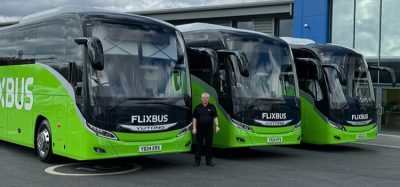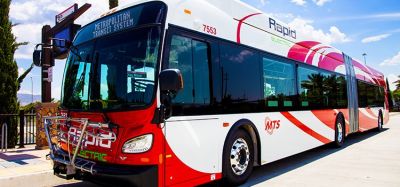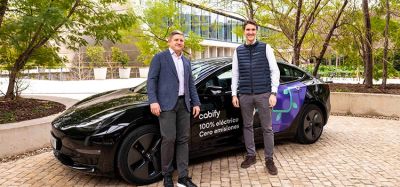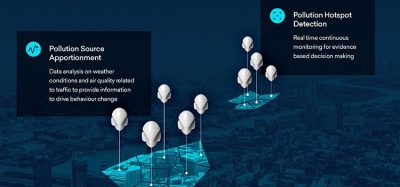Algorithm based on ant route optimisation could cut fleet emissions in half
- Like
- Digg
- Del
- Tumblr
- VKontakte
- Buffer
- Love This
- Odnoklassniki
- Meneame
- Blogger
- Amazon
- Yahoo Mail
- Gmail
- AOL
- Newsvine
- HackerNews
- Evernote
- MySpace
- Mail.ru
- Viadeo
- Line
- Comments
- Yummly
- SMS
- Viber
- Telegram
- Subscribe
- Skype
- Facebook Messenger
- Kakao
- LiveJournal
- Yammer
- Edgar
- Fintel
- Mix
- Instapaper
- Copy Link
Posted: 29 July 2020 | Sam Mehmet (Intelligent Transport)
Researchers from Aston University have suggested that fleet route optimisation which imitates ant colony behaviour could be used to meet clean air targets and reduce fleet costs.
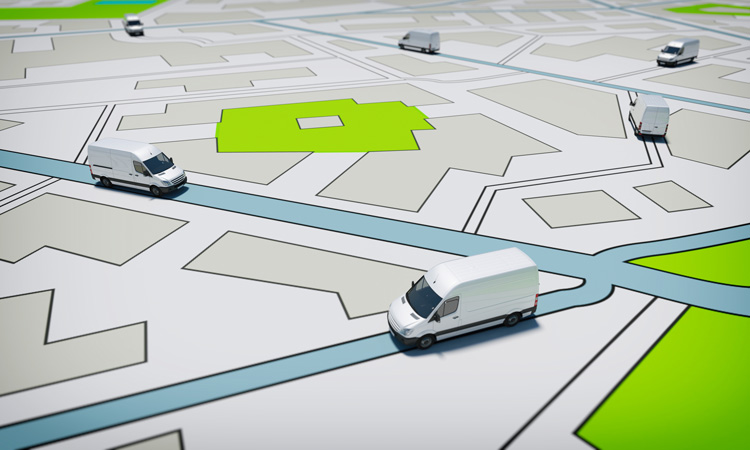

Fleets of commercial vehicles that operate in large towns and cities could halve their emissions and better meet clean air targets using a technology which imitates how ants share knowledge to optimise routes, according to researchers from Aston University.
The researchers developed a software under the Think Beyond Data initiative, part-funded by the European Regional Development Fund (ERDF), which uses a method called ‘route optimisation’ to direct fleets of vehicles from the same company around a city or town – reportedly halving their vehicle emissions whilst saving time and fuel costs.
The ability to optimise routes of fleets of commercial vehicles aims to enable cities and towns to move towards addressing their clean air targets and offer an alternative measure to establishing Clean Air Zones. This is said to be particularly important as COVID-19 has seen a surge in delivery fleets.
The research team used a technique known as ‘meta-heuristic technology’ which mimics how colonies of ants solve problems and improves upon their existing behaviours. For example, each ant keeps a record of the best solution it has individually found and passes on this knowledge to other ants. This ‘best practice’ then permeates through-out the colony, updating its store of know-how in a way comparable to computer algorithms.
The researchers further developed the technique by creating even ‘smarter’ ant algorithms by reducing the amount of decisions they make such that they can solve city-scale fleet routing problems.
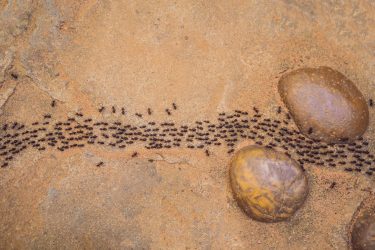

“It means much larger fleet optimisation problems can be tackled within reasonable timescales using software a user can put on their laptop.”
The route optimisation technology was tested on several Birmingham companies that operate fleets of vehicles to help them minimise their road usage. For example, a company that operates within the Birmingham area performing external maintenance tasks at customers’ properties observed savings of over 50 per cent over the company’s original time spent on the road. This enabled the maintenance company to make equivalent savings in their fuel costs, boost profit margins, whilst cutting vehicle emissions in half.
Chitty added: “We feel that while Clean Air Zones will improve air quality for some residents, there could be better ways to tackle the health and environmental problems caused by emissions. Instead of taxing commercial vehicles to enter these zones, our research can act as an incentive to companies as they will not only reduce emissions but also save money.
“If all companies in a city operated with this technology, then emissions from these vehicles – which are some of the most polluting – could be significantly reduced, improving air quality for all concerned”.
The researchers are now looking to roll out the technology further by testing the system with different types of vehicle fleets such as larger vans or HGVs, as well as larger fleets of vehicles. The team noted that they will continue to approach other companies to use as a testbed for the technology as the project is funded for another two years.
Related topics
Fleet Management & Maintenance, Sustainable Urban Transport
Related organisations
Aston University
Related people
Dr Darren Chitty




